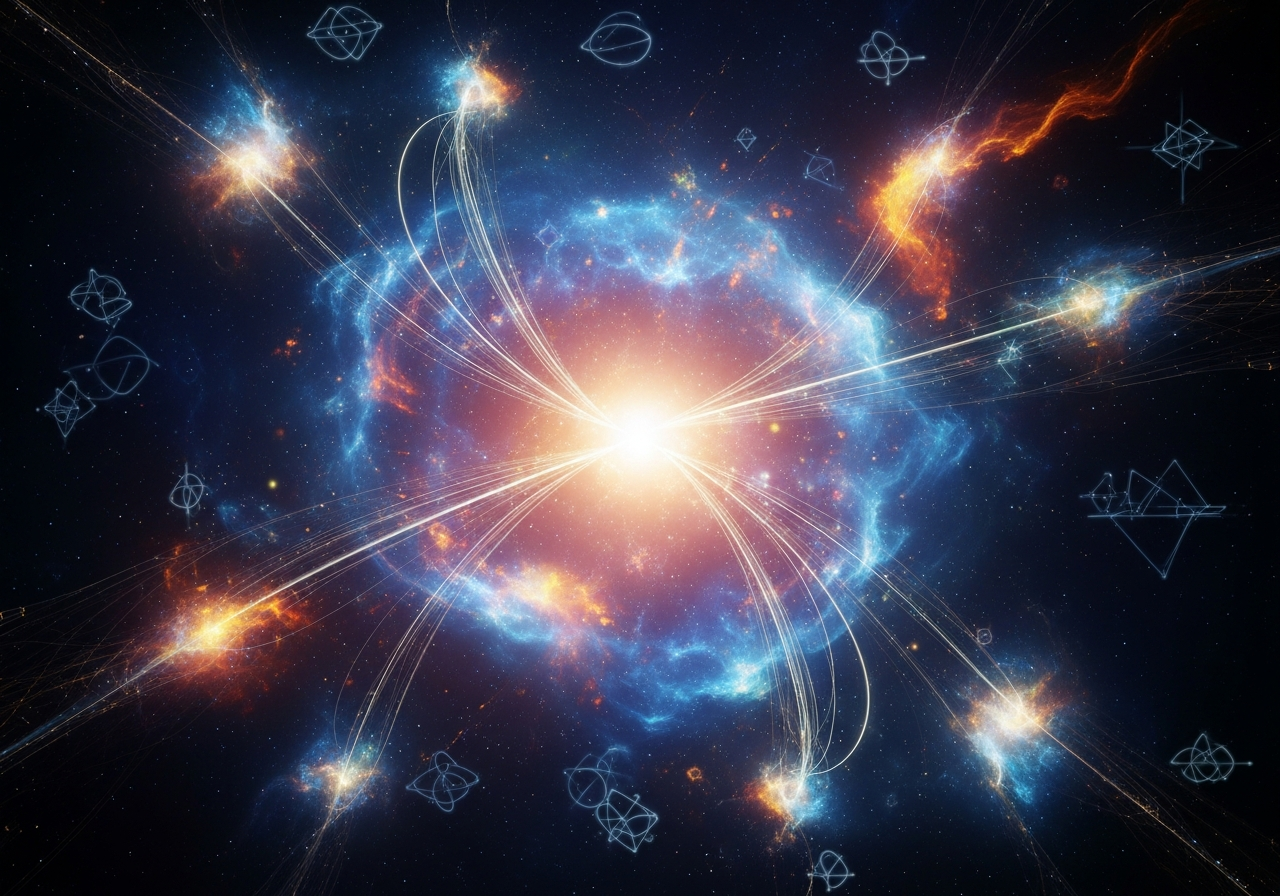Have you ever found yourself grappling with the delicate intricacies of quantum computing? We live in an era where understanding the quantum world isn’t just about wielding advanced tech—it’s about engaging with the fundamental principles that seemingly rewrite the laws of the universe as we know them. This isn’t simple binary logic; it’s the dance of qubits in states that challenge our everyday understanding of “on” and “off.”
Picture this: you’re working on a quantum program, and suddenly, you suspect something’s not quite right. The code runs, but the results? Not what you expected. This is where quantum debugging steps in. It’s a process akin to detective work, where you sift through the interwoven threads of entanglement and superposition, seeking where your logic might have taken a wrong turn.
Understanding quantum programs begins with understanding coherence logic. This principle is all about how qubits retain their information amid the chaotic energy fluctuations, or, as it may feel, amidst the “noise.” When coherence falters, it often illuminates where we need to focus—similar to tracing how a misaligned piece can cause the entire puzzle to look skewed.
In tackling these challenges, entanglement-based error detection proves invaluable. Think of entangled qubits like a team of synchronized swimmers—one falter, and you’ll notice the ripple effect. By observing these disruptions, you can trace back to the source and adjust your approach.
Then, there are quantum simulation tools. These virtual environments allow you to experiment, make mistakes, and learn without the high stakes of impacting real-world data. Just as pilots use simulators before taking to the skies, quantum developers can hone their skills in a safe space.
While traditional debugging allows you to copy data for inspection, quantum computing’s “no-cloning theorem” means you must rely on quantum feedback loops—systems that provide insights into where things are veering off course without violating quantum principles.
Moreover, error correction becomes a sophisticated dance as well, utilizing techniques like the surface code to prevent decoherence from derailing your outputs. It’s about setting up a tightrope for your qubits to perform on without hitch—nudging them back as they wobble.
Real progress is made when we embrace these errors as stepping stones. Each problem encountered isn’t a failure, but a breadcrumb leading us to the heart of quantum knowledge. And while navigating this realm often feels solitary, remember, it thrives on communal innovation. Sharing breakthroughs and challenges with peers enriches the collective journey—including ours at [Firebringer AI](https://firebringerai.com), where we invite you to join in exploring these quantum frontiers.
Through persistent exploration and collaboration, we turn complexities into understanding and possibilities into realities—painting a new canvas in the quantum domain, together.




